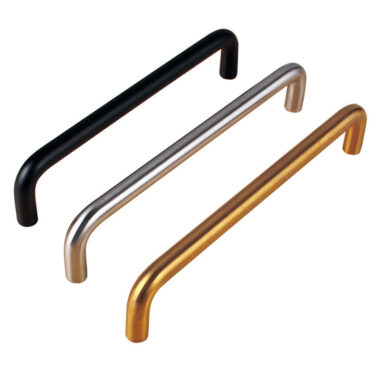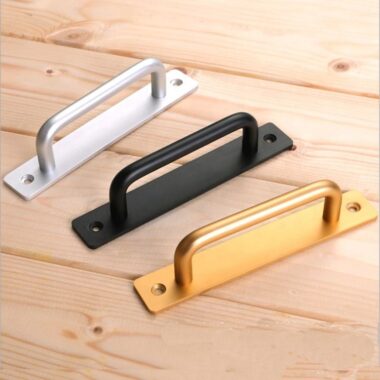Why Lock Grades Matter
Locks are more than mechanical components; they are security assurances. Whether for a residential home, office, or hospital, specifying the correct grade ensures that doors withstand wear, protect assets, and meet regulatory requirements.
Many specifiers begin their selection with certified products from a reliable Door Handle Manufacturer, where lock options are tested to meet international standards.
ANSI/BHMA Standards (North America)
The Builders Hardware Manufacturers Association (BHMA), under ANSI, categorizes locks into Grade 1, 2, and 3:
Grade 1: Heavy-duty commercial, tested for 800,000+ cycles and strong impact resistance.
Grade 2: Medium-duty commercial or high-end residential, tested for 400,000+ cycles.
Grade 3: Basic residential, 200,000+ cycles, adequate for light-duty use.
These grades help contractors match the lock to the traffic volume and security requirements of the building.
EN Standards (Europe)
EN standards evaluate door locks across multiple performance categories:
✔ Durability – cycle testing
✔ Strength – resistance to force
✔ Corrosion resistance – critical in coastal or humid conditions
✔ Safety features – e.g., emergency egress capability
EN 12209 is the most widely referenced, setting benchmarks that align closely with ANSI/BHMA but adapted to European building codes.
Matching Lock Grades to Projects
Commercial Offices: ANSI Grade 1 or EN high-durability locks are standard.
Residential Homes: Grade 2 or 3 suffices for most rooms.
Healthcare/Education: Must meet both durability and accessibility requirements.
Specifiers often streamline procurement by choosing from Door Lock Manufacturer ranges, where compliance is clearly labeled.
Final Thoughts
Lock grades are the backbone of hardware selection. Understanding ANSI/BHMA and EN standards ensures builders choose the right product for security, durability, and regulatory compliance.









